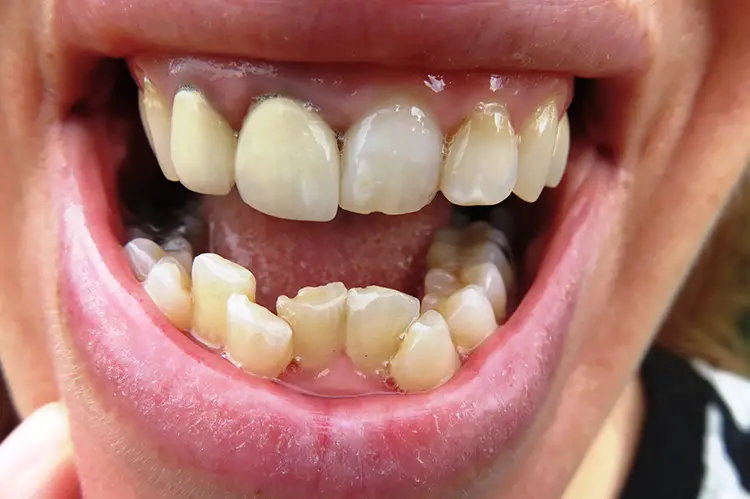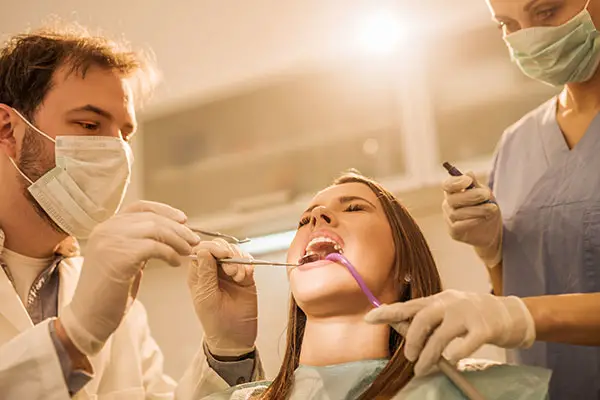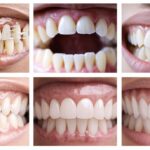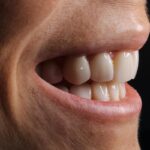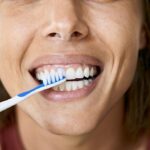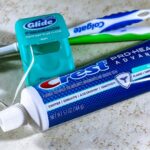Deciding on the right orthodontic treatment is a significant step toward achieving the smile you've always dreamed of. With various options available, understanding the materials that come into close contact with your body is crucial.
Invisalign Material Composition
Invisalign aligners, transforming millions of smiles across the globe, are crafted from a unique material known as SmartTrack®. The Food and Drug Administration (FDA) has approved Invisalign's SmartTrack® material, ensuring its safety and quality.
A standout feature of SmartTrack® material is its BPA-free status. By eliminating this chemical from their aligners, Invisalign offers an added layer of health safety for its users, particularly appealing for those conscious about limiting their exposure to potential toxins.
Moreover, the absence of latex and gluten in Invisalign aligners addresses the needs of individuals with specific allergies or sensitivities. This consideration in material choice ensures that more people can opt for this innovative treatment without worrying about allergic reactions or health impacts related to gluten intolerance or latex sensitivities.
Understanding the composition of the material used in Invisalign aligners reveals a commitment to safety, inclusivity, and well-being. SmartTrack® is remarkable for its ability to effectively straighten teeth and its health-conscious formulation.
Identifying Allergic Reactions
Recognizing and understanding the potential for allergic reactions when embarking on the Invisalign journey is important. Though exceedingly rare, being equipped with knowledge regarding what signs to look for enhances one's ability to swiftly respond should any concerns arise.
Mild reactions might manifest as:
- General discomfort
- Itching in the mouth, particularly around the gums, tongue, and roof of the mouth where the aligner has direct contact
These symptoms, though bothersome, are often not severe and can be addressed with simple measures and consultation with one's dental professional.
More severe reactions, though incredibly uncommon, could present more alarming symptoms such as:
- Noticeable swelling in oral tissues
- Difficulty breathing
- A distinct burning sensation in the mouth
In these instances, immediate removal of the aligners and seeking prompt medical or dental advice is crucial.
Testing for an allergy to the plastic used in Invisalign aligners could be a simple approach to ensuring one's comfort and safety. This involves using a small piece of the SmartTrack® material—taped to the skin, typically on the arm, for a few days to monitor for any adverse skin reactions such as redness, itching, or swelling.
It's important to distinguish between genuine allergic reactions and other forms of discomfort that may arise due to new aligners, such as the introduction of a foreign object into the mouth or initial adjustment period discomforts that are common and usually subside.
For anyone embarking on their Invisalign journey, remember—the key is robust communication with your dental care provider. Your dental team is there to guide you through, ensuring not just the effectiveness of treatment but also your overall well-being and comfort.
Managing and Preventing Allergic Reactions
Dealing with discomfort shouldn't mean derailing your dreams of a dazzling smile. Addressing concerns surrounding mild allergic reactions offers a pathway that accommodates continued treatment progress with Invisalign.
Hydration holds a prime position in managing minor mouth maladies, allergic reactions included. Simply sipping more water can significantly soothe symptoms associated with Invisalign-induced dryness and irritation. Cold water, in particular, offers a twofold benefit: it's refreshing and acts as a natural anti-inflammatory agent, providing relief to inflamed oral tissues.
A strategy in staving off the nuisances of allergic reactions is to embrace enhanced oral hygiene through more frequent dental cleanings. By reducing irritants and potential allergens through professional cleanings, you're minimizing the chances of inflammation and discomfort.
Preventative measures carry importance, particularly when embarking on a treatment as transformative as Invisalign. Conducting a patch test stands as a method in navigating the nuanced nature of allergies, offering foresight into how one's body might respond to SmartTrack® material.1 This preliminary step, empowered by the wisdom of your dental provider, is akin to laying the groundwork for a successful treatment journey.
Further fortifying this foundation is an emphasis on candid conversations with your dental professional before treatment commencement. Sharing any known sensitivities to plastics or previous allergic reactions can chart a clearer course toward selecting the most suitable orthodontic approach.
While navigating the nuances of managing and preventing allergic reactions relative to Invisalign, remember that these revolutionary aligners represent more than mere tools for teeth straightening—they embody hope and herald the harmony of health, aesthetics, and innovation.
Comparative Analysis of Aligner Materials
While Invisalign has paved the way with its innovative SmartTrack® material, often heralded for its approach to safety and inclusiveness, it's not the only player in the field. Brands like Smile Direct Club have also made significant inroads into the world of orthodontic treatment with clear aligners. A comparative look at the materials used across these brands can offer insights, especially for those navigating the decision-making process of orthodontic treatment.
Similar to Invisalign, Smile Direct Club aligners are created to be inconspicuous, applying pressure to teeth to move them into the desired position over time. However, when delving into the specifics of their material composition, little publicly disclosed information is available on the exact type of plastic used in Smile Direct Club aligners. What is well-established is the brand's commitment to providing BPA-free aligners, similar to Invisalign.
This parallel commitment to avoiding BPA is a testament to the industry's wider shift towards materials that are appreciated not only for their physical properties and effectiveness but also for their health compatibility.
The nuanced differences in material composition can be considered the crux of potential allergic reactions or intolerances. While Invisalign uses FDA-approved SmartTrack® material, information on Smile Direct Club's material involves a bit more reliance on assurances of safety and efficacy without widespread allergic incidents.
Varying reports of allergic reaction instances flood forums and discussion boards, with individuals exchanging stories of experiences with different aligners. A specifically noted difference can sometimes be in how individuals react to the textured surfaces or edges of the aligners. While some complaints have emerged regarding mouth sores or discomfort from other brands, it's essential to consider that these experiences can vastly differ based on personal sensitivities, oral health status, and aligner care practices.
The incidence of allergic reactions remains exceedingly rare across all clear aligner brands but is not entirely out of the realm of possibility.2 It underscores the importance of conducting personalized tests or consultations before commencing treatment.
The comparative analysis of Invisalign and other aligner materials drives home a perspective on orthodontic innovation. As patients gravitate towards clear aligner treatments for their aesthetic and practical benefits, companies are prompted to prioritize not only the functional prowess of their products but also their material integrity and safety. This dual emphasis specifies an evolving landscape where informed choices are paramount, and every minor component holds the prospect of having a significant impact on the wearer's treatment journey and overall health narrative.
The choice of material in orthodontic treatments like Invisalign goes beyond mere functionality; it touches on aspects of health, safety, and personal well-being. The use of FDA-approved, BPA-free SmartTrack® material reflects a commitment to transforming smiles with a keen eye on the holistic health of the user. This consideration ensures that the journey to a straighter smile is as safe and inclusive as possible for those looking to enhance their dental aesthetics without compromising health standards.
- Invisalign. Invisalign FAQs. Invisalign. Accessed November 1, 2021. https://www.invisalign.com/frequently-asked-questions
- Papadimitriou A, Mousoulea S, Gkantidis N, Kloukos D. Clinical effectiveness of Invisalign® orthodontic treatment: a systematic review. Prog Orthod. 2018;19(1):37. doi:10.1186/s40510-018-0235-z


